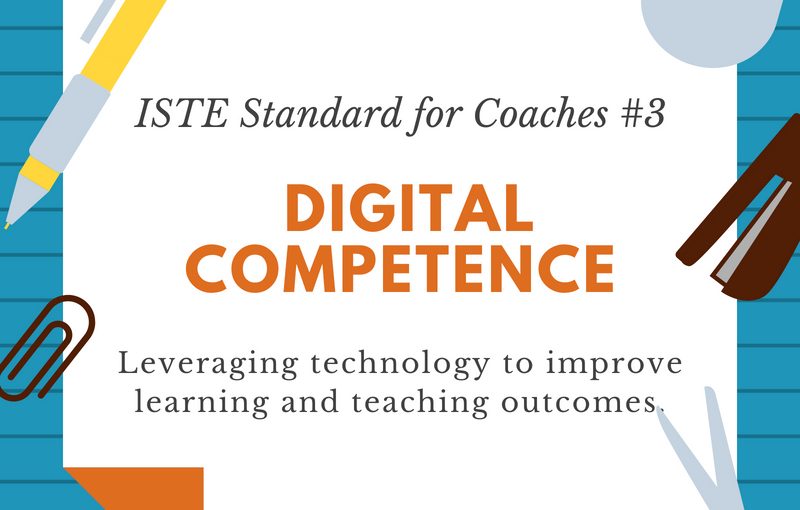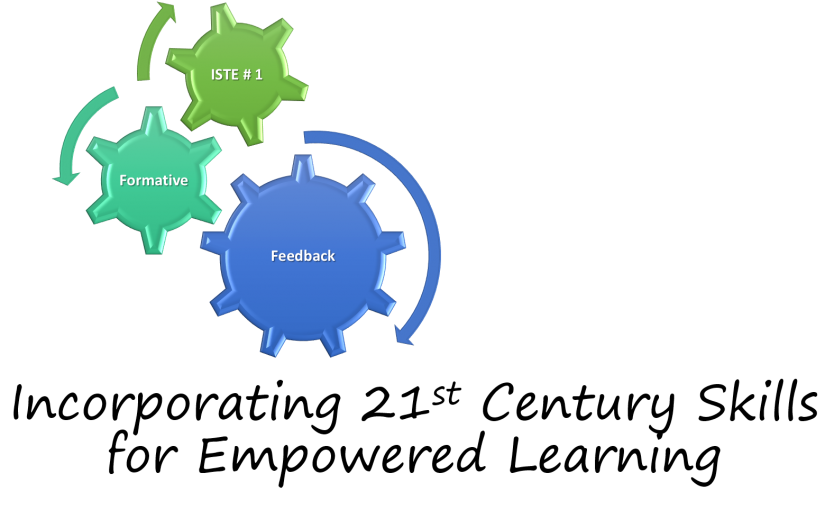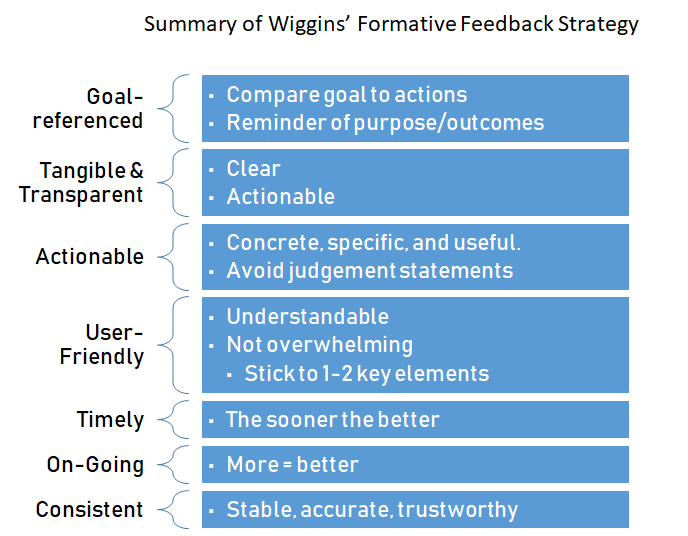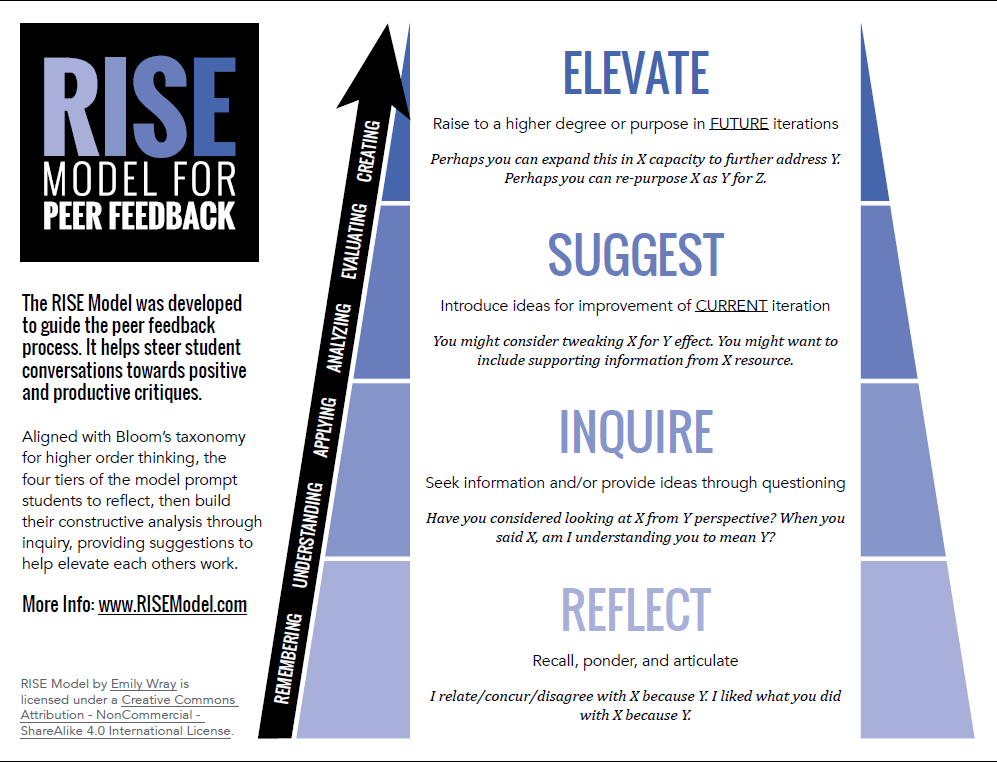The word “troubleshooting” most often invokes images involving a conversation with the IT department, a progression of actions guided by the technician and performed by the user, and ending with a resolution in which the user’s original knowledge of technology has not been augmented. Unfortunately this is a all too common scenario. The user defaults all troubleshooting responsibility to a third party because of unfamiliarity or knowledge deficit of technology. This is not limited to just consumers and companies, there is a concern that students also do not troubleshoot well. According to the ISTE coaching standard, coaches should help teachers and students “troubleshoot basic software, hardware, and connectivity problems common in digital learning environments,” (ISTE, 2017). While calling for IT or passing responsibility onto another party, like a teacher for example, is generally practiced, learning to troubleshoot is a beneficial 21st century skill because it helps develop digital competence.
Why is digital competence important?
Like all 21st century skills, digital competence is a highly-sought skill in the ever-evolving workforce. An e-magazine, Training Industry, wrote an industry-perspective article on digital competence and highlights the need for competence in the workforce from the top of the organization chart down. The author believes that the tech world today emcompasses “VUCA”, or volatility, uncertainty, complexity, and ambiguity. The role of those working in tech today should be to navigate this VUCA world seamlessly and one of the ways to do this is to reinforce digital competence, (Newhouse, 2017). The industry definition of digital competence expands to include not only knowledge of technology but also involves understanding digital environments, effectively creating and consuming digital information, communicating and collaborating with diverse stakeholders, innovating rapidly, critically thinking/problem solving, and maintaining security, (Newhouse, 2017). This definition was devised from new European Union definitions and involves five major facets summarized in figure 1.1 below.

What role does “digital competence” play in helping students problem-solve and troubleshoot online/technology issues?
One issue that arises is the general assumption that since students grew up with technology, or are considered digital natives, that they automatically build digital knowledge or that students know how to use technology well, (Hatlevik, et. al, 2015). However, in order to use technology well, students need to build digital competence and literacy. According to researchers Hatlevik, Gudmundsdottik, and Loi, building digital competence is complex and involves various factors as summarized in figure 1.2 below.
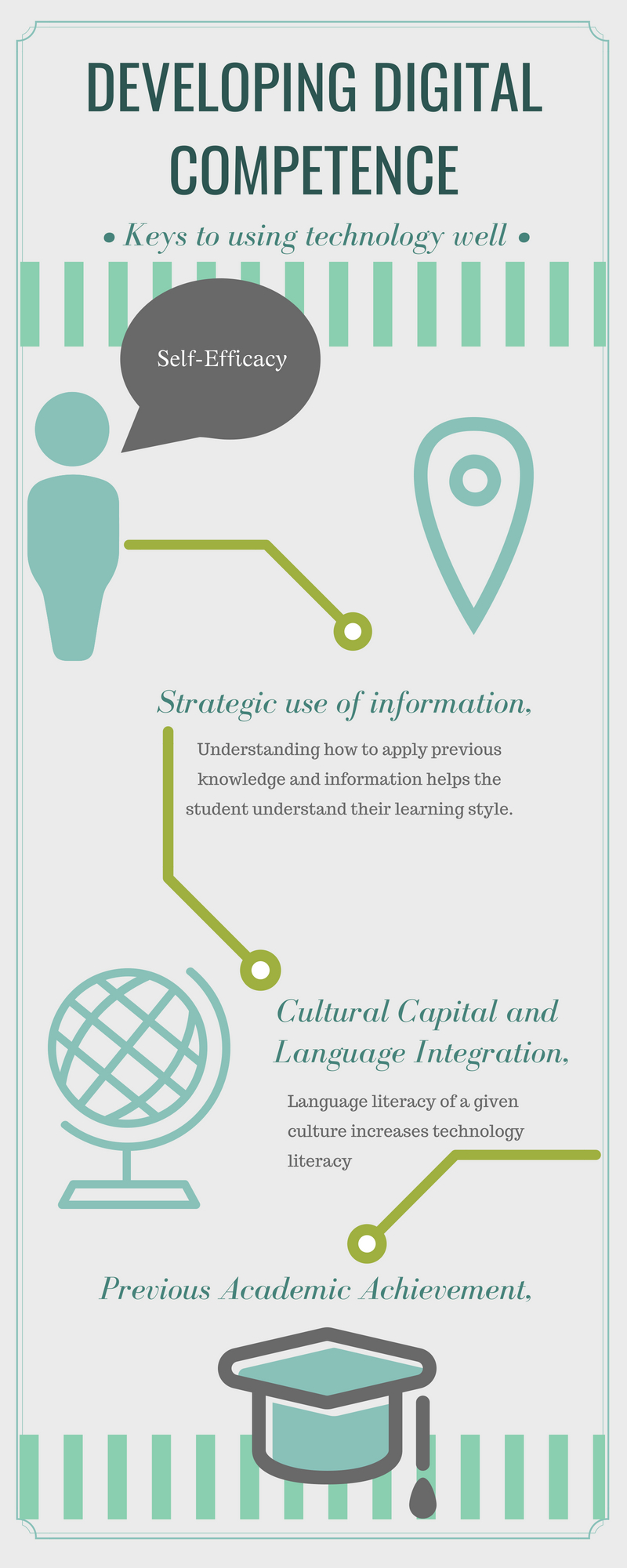
The researchers recognize that these facets are essential to culviating a deep understanding of technology while promoting critical reflection and creativity of digital skills. These qualities in turn develop problem-solving skills in both independent and collaborative settings, (Hatelvik,et. al., 2015).
Other than knowledge deficits involving how to perform troubleshooting tasks, researchers suggest that when demanding conditions, such as a completing an assignment, becomes difficult, it may hurt self-regulation and autonomy, (Koole, et.al, 2012). These difficulties can include cognitive, motivational, implementational, or a combinations of these factors. While this theory is debated, meta-analyses indicate that low intrinsic value activities (such as homework) may lower complex problem solving abilities such as those required by troubleshooting, (Koole, et al. 2012). Along with motivational issues, students may resolve themselves to believing that there is only one correct path or resolution to a specific problem in which the educator is the gatekeeper of the solution. Rather than seeking the solution for themselves, students prefer to go straight to the source which develops a learned helplessness, (Miller, 2015).
How can students develop digital competence?
Digital competence is a very complex concept that spans several social, motivational, personal, cultural, and technical understandings, therefore, there is no straightforward way for developing digital competence. However, educators play a big role in establishing foundations for competence that may lead to better problem-solving and troubleshooting in two major ways:
- Allowing for self-directed learning. A consensus exists in the fact that students need to be reflective of their own learning, (Miller, 2015 and Plaza de la Hoz, et. al., 2015). The role of the educator then shifts to provide resources including digital tools that allow students to experiment by active participation and engagement.
- Change in class culture. The attitudes and beliefs of the educator also reflects importance of digital competence in students. If the educator places low importance in digital competence, the students learn not to value or develop these important skills. The educator can establish new beliefs, resources, and structures to promote a culture of answer-seeking through appropriate digital tools and tool use. Lastely, students must build self-efficacy through trial and error in a safe environment.
While researchers are investigating efficient methods for developing competences, all sources agree that in order for students to be successful in the 21st century, educators must open up the path to new technologies, new pedagogies, and new attitudes that help build digital competency, (Miller, 2015, and Plaza de la Hoz, et. al., 2015).
Resources
Hatlevik, O.E., Gudmundsdottik, G.B., Loi, M. (2015). Digital diversity among among upper secondary students: A multilevel analysis of the relationship between cultural capital, self-efficacy, strategic use of information, and digital competence. Computers & Education. 81: 245-353. Available from: https://drive.google.com/file/d/0B5W5P9bQJ6q0RFNib3A5Vm9wWWM/view
ISTE, (2017). ISTE standards for coaches. Available from:
https://www.iste.org/standards/for-coaches
Koole, S.L., Jostmann, N.B., Baumann, N. (2012). Do demanding conditions help or hurt regulation? Available from: https://drive.google.com/file/d/0B5W5P9bQJ6q0M0QzalRBa0FfTXM/view
Miller, A. (2015, May 11). Avoiding learning helpness. Available from: https://www.edutopia.org/blog/avoiding-learned-helplessness-andrew-miller
Newhouse, B. (2017). Closing the digital competence gap. Available from: https://trainingindustry.com/magazine/issue/closing-the-digital-competence-gap/
Plaza de la Hoz, J., Mediavilla, D.M., Garcia-Gutierrez, J. (2015). How do teachers develop digital competence in their students? Appropriations, problematics, and perspectives. Available from: https://www.researchgate.net/publication/301914474_How_do_teachers_develop_Digital_Competence_in_their_students_Appropriations_problematics_and_perspectives
